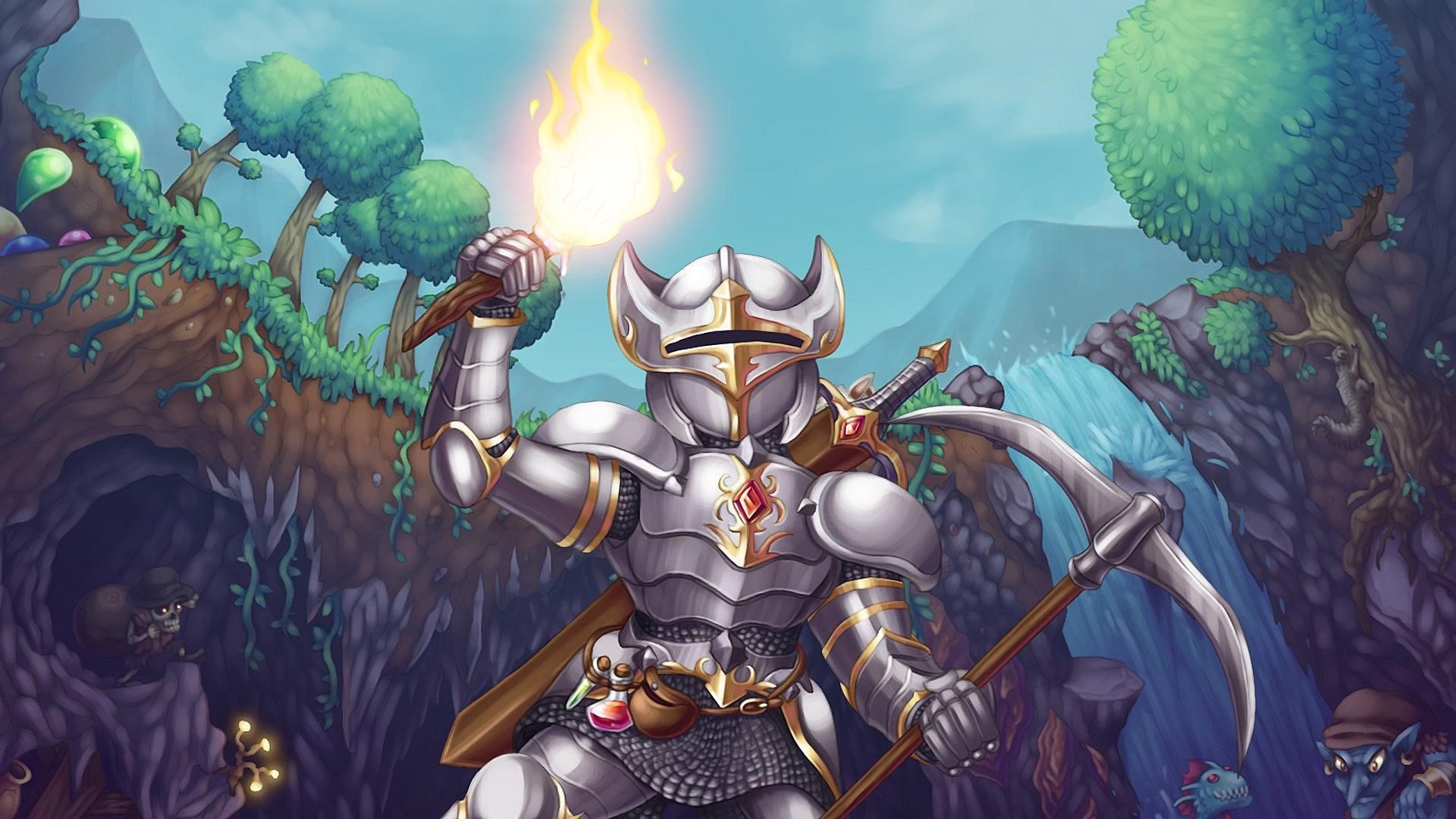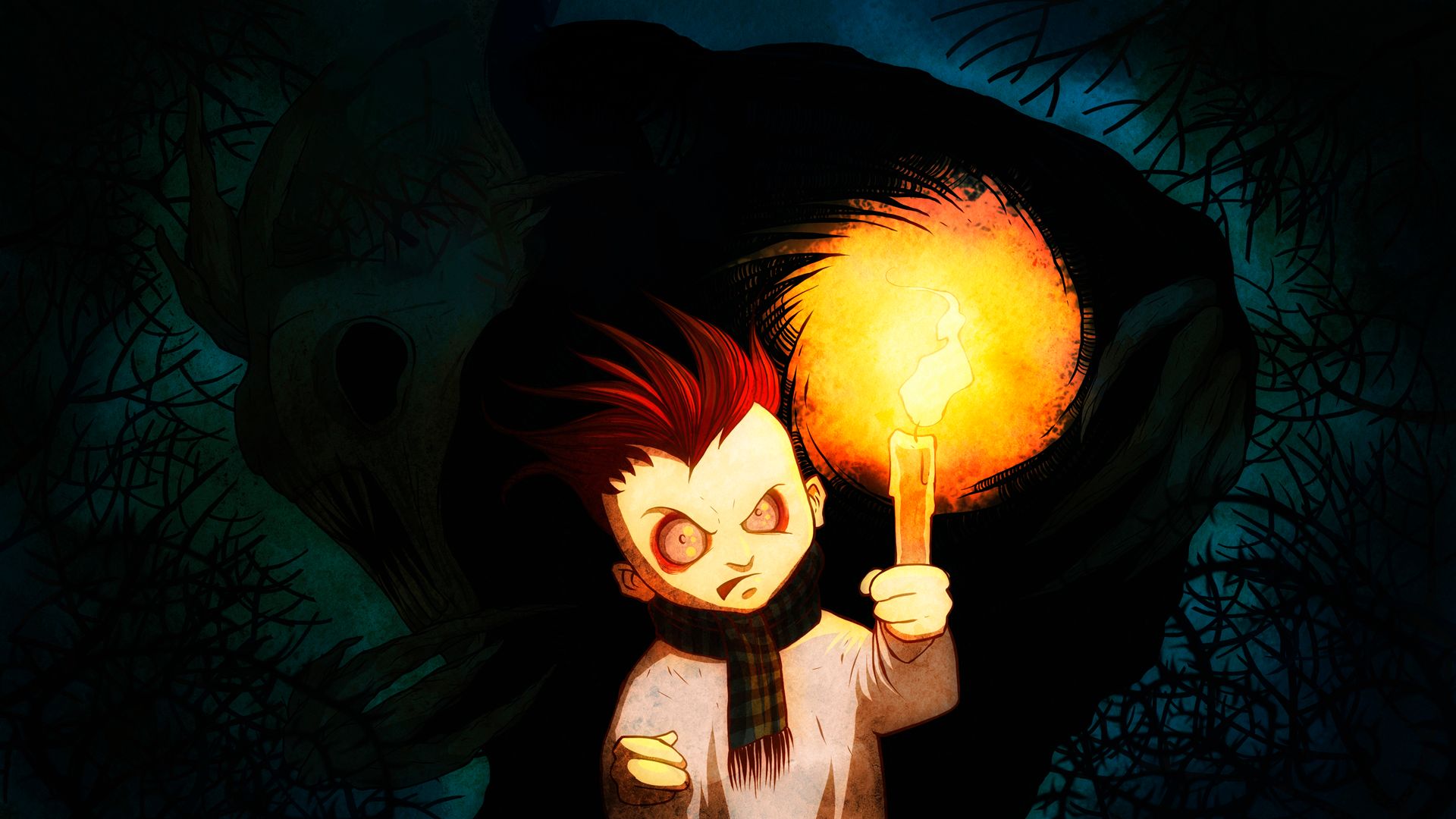Darkwood
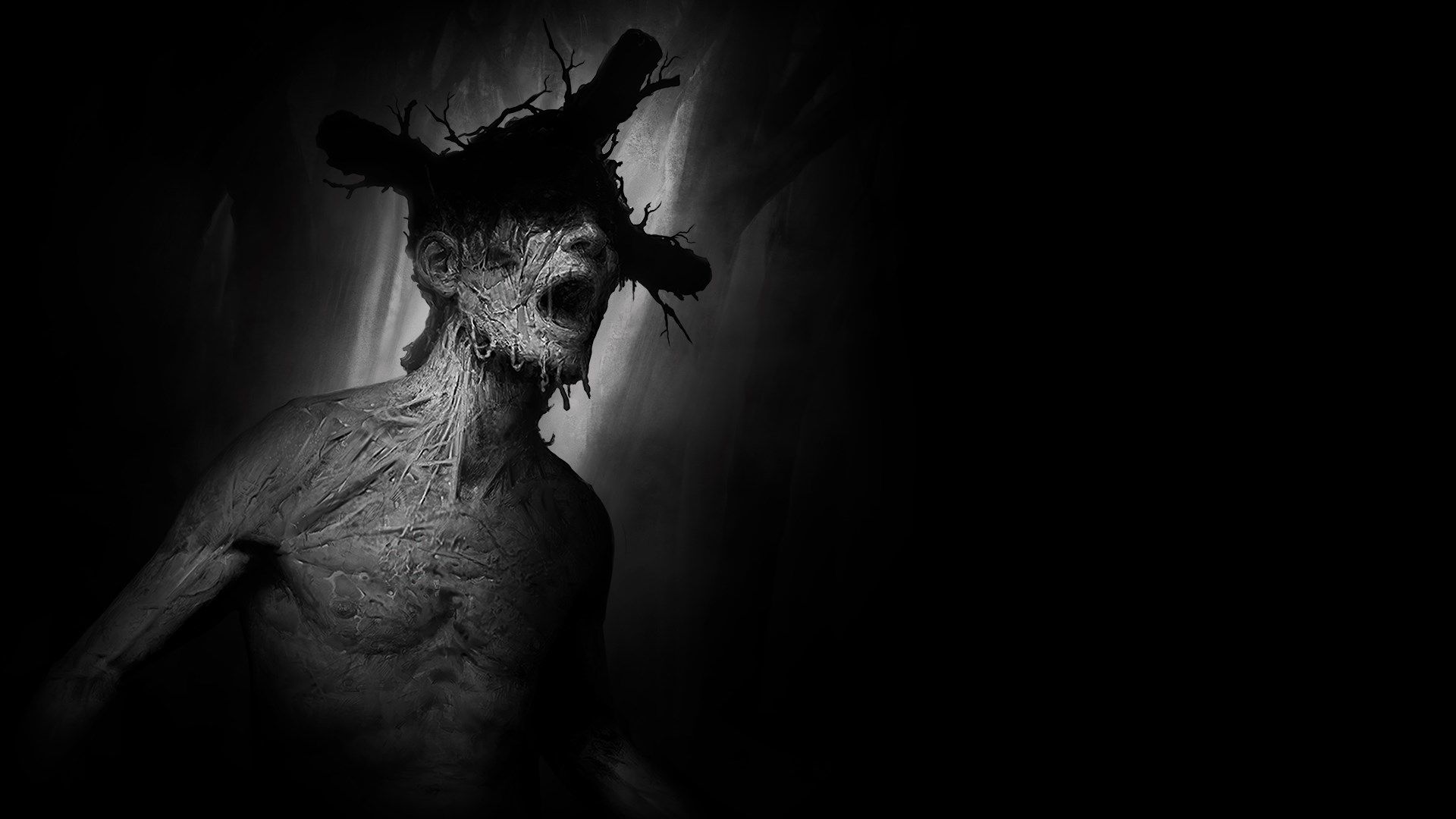
A Dance of Light and Shadow
In the tangled depths of Darkwood, light is both your ally and betrayer. By day, you scavenge and explore an ever-mutating forest; by night, you barricade yourself against unknown horrors. Procedurally generated maps ensure each run is unpredictable, filled with atmospheric dread and difficult choices. The game plays with perception, making darkness a weapon and light a fragile sanctuary.
The Mind's Fraying Edge
Sanity in Darkwood is not a meter, but an atmosphere. Hallucinations, whispers, and shifting scenery manifest as your exposure to the supernatural increases. The essence you harvest to evolve comes at a price: twisted perceptions, altered outcomes, and questions without answers. It's a psychological slow-burn with real consequences.
Narrative and Exploration
Darkwood tells its story through environment, cryptic NPCs, and dreamlike sequences. Every choice you make has consequences — sometimes delayed, sometimes immediate, but always significant. Exploration feels dangerous and sacred, and every new area holds the promise of a new horror, or perhaps, a glimpse of something more profound.
Existential Reflection
At its heart, Darkwood is about isolation and decay — not just of place, but of mind and morality. You are not a hero. There is no clean path, only survival, mutation, and the quiet horror of watching what you once were slip away.
Image Gallery
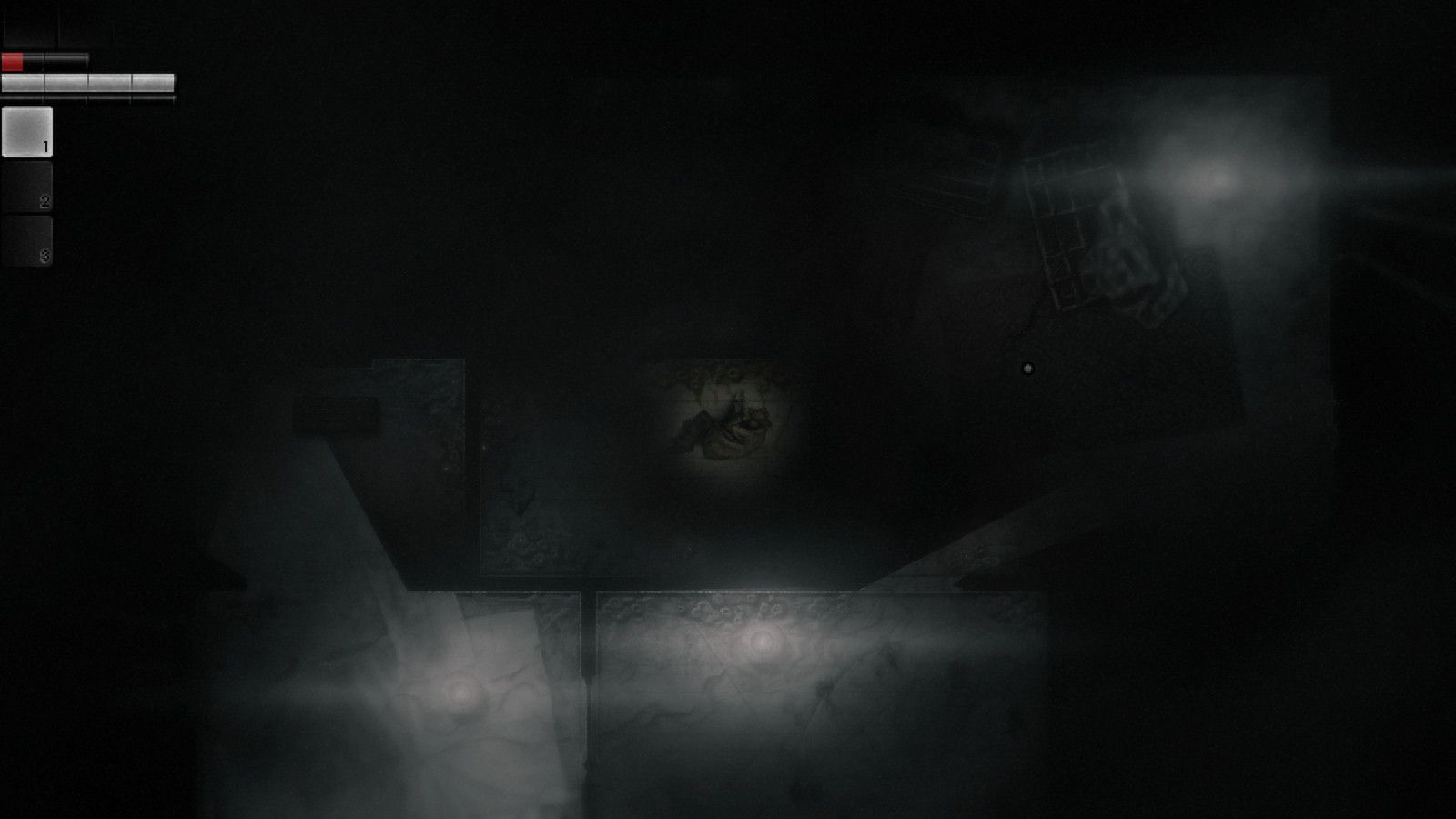
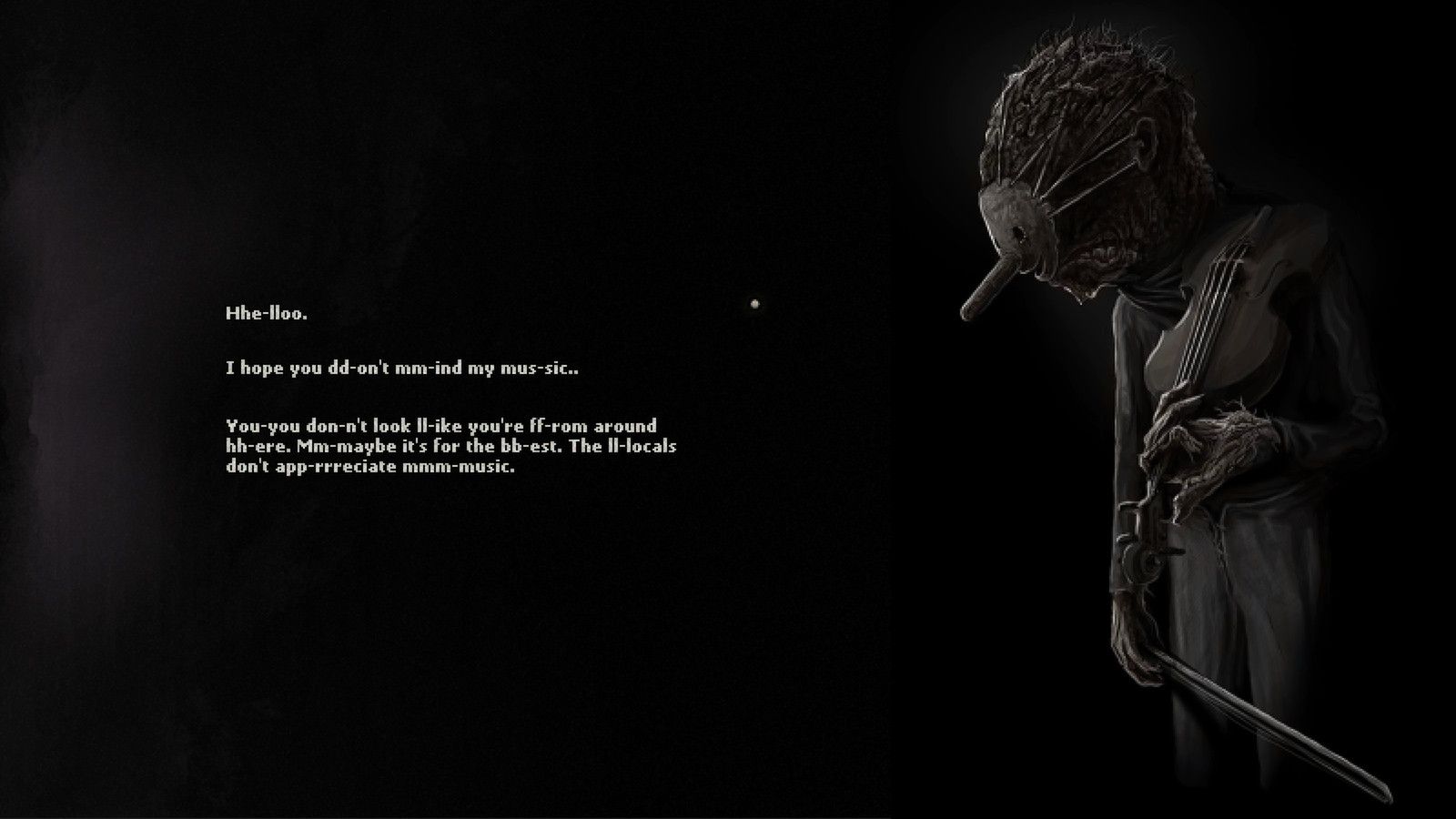
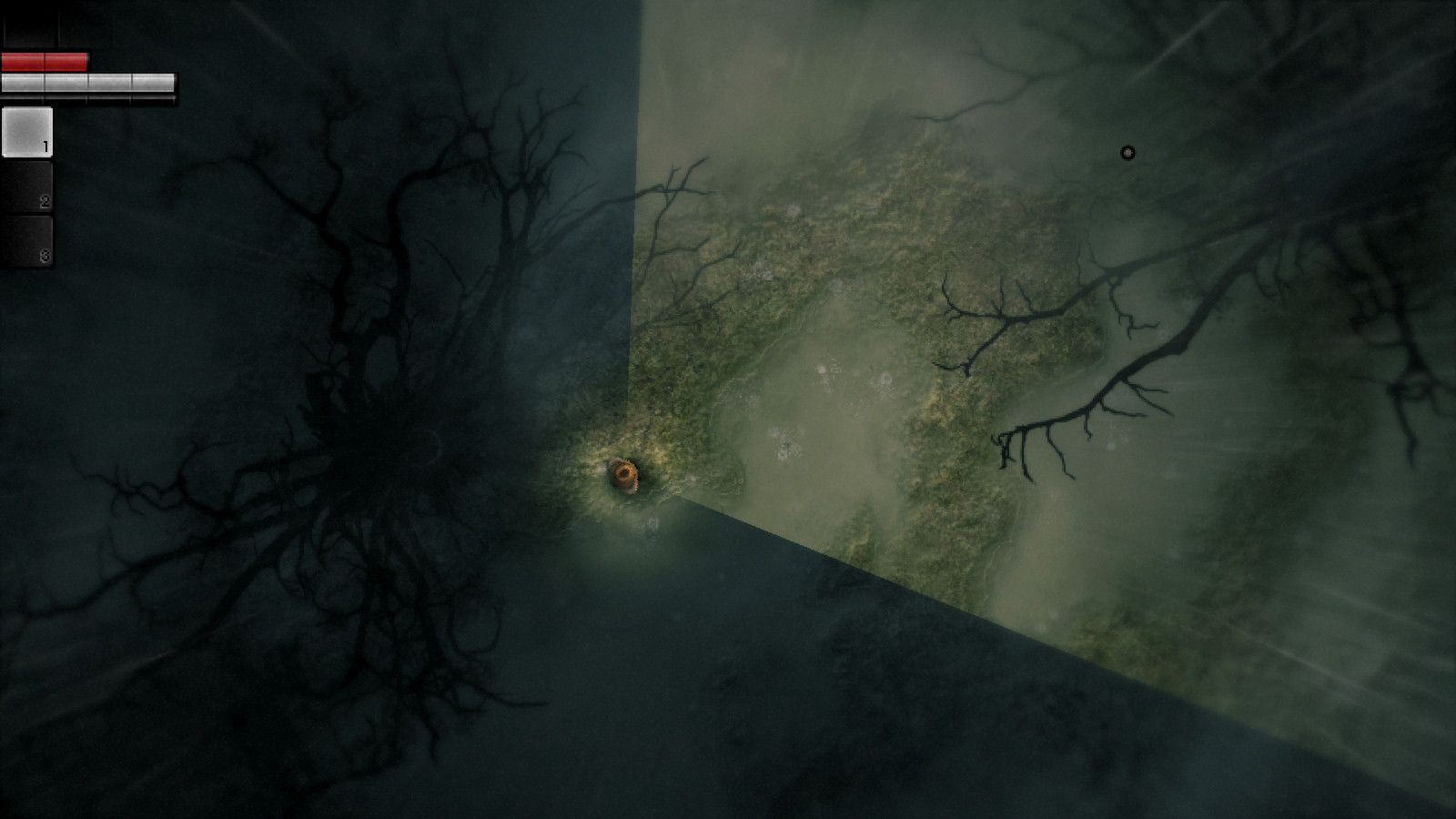


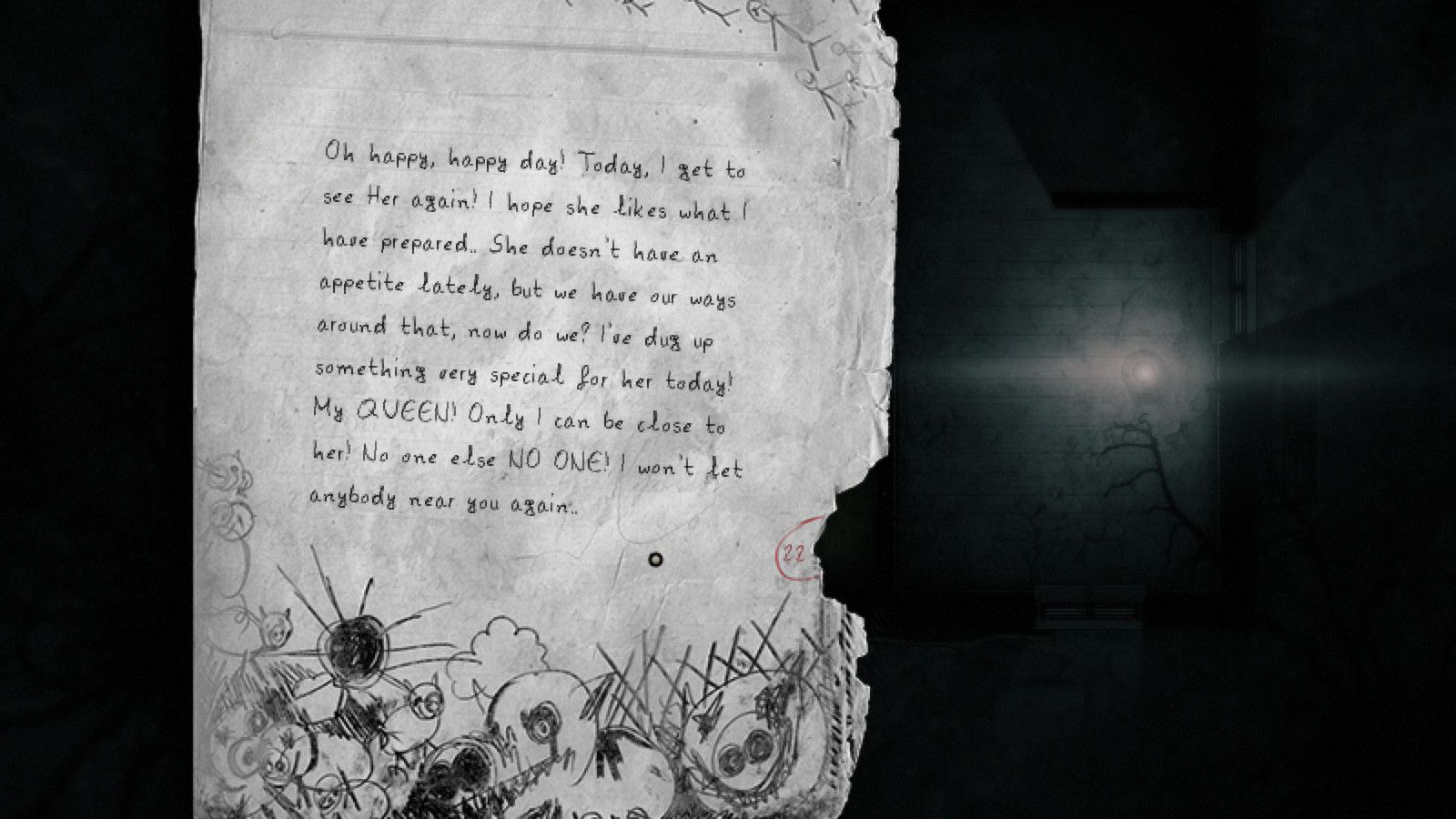
Core Mechanics
Darkwood blends top-down survival, crafting, and psychological horror in a world where light means life — and maybe lies.
-
Day/Night Survival Loop
Daytime is for scavenging, trading, exploring. At night, you must defend your hideout from unknown invaders.
-
Essence and Perks
Collect essence from oddities and inject it to gain perks. But every benefit comes with a debuff, altering your path.
-
Nonlinear Progression
The story unfolds based on your choices. Character fates, zones, and endings change depending on your actions.
-
Tension-Driven Sound Design
No jump scares. The audio makes you paranoid, alert, and always uncertain — which is exactly the point.
Tips for Surviving the Deep Woods
Darkwood punishes recklessness. These tips will help you survive your first dozen nights.
-
Secure a Hideout Early
Board up windows, reinforce doors, and set traps. Night is not optional. You must defend.
-
Only Carry What You Must
Inventory is limited. If you die, you drop everything — so travel light and plan your runs.
-
Pay Attention to Sound
Enemies often alert you through audio. Silence is never silent. Stay alert.
-
Use Light Strategically
Lanterns and flashlights are more than visibility — they’re psychological armor. Use them to hold your nerve.
-
Trust Slowly
NPCs can be allies — or monsters. Talk, trade, but never fully trust. Especially in Chapter 2.
Playstyle Archetypes
There are no fixed classes, but these approaches define how you engage with the world.
-
The Careful Cartographer
Explores systematically, maximizes crafting, avoids combat. Best for lore hunters.
-
The Trapper
Focuses on hideout defense. Uses bear traps, gas bottles, and nails. Best for passive but lethal setups.
-
The Wanderer
Moves light and fast. Prioritizes loot runs and dialogue paths. Dies often — but learns much.
-
The Mutant
Embraces essence injection fully, stacking perks despite the risks. Unpredictable and dangerous — like the forest.
Game Session
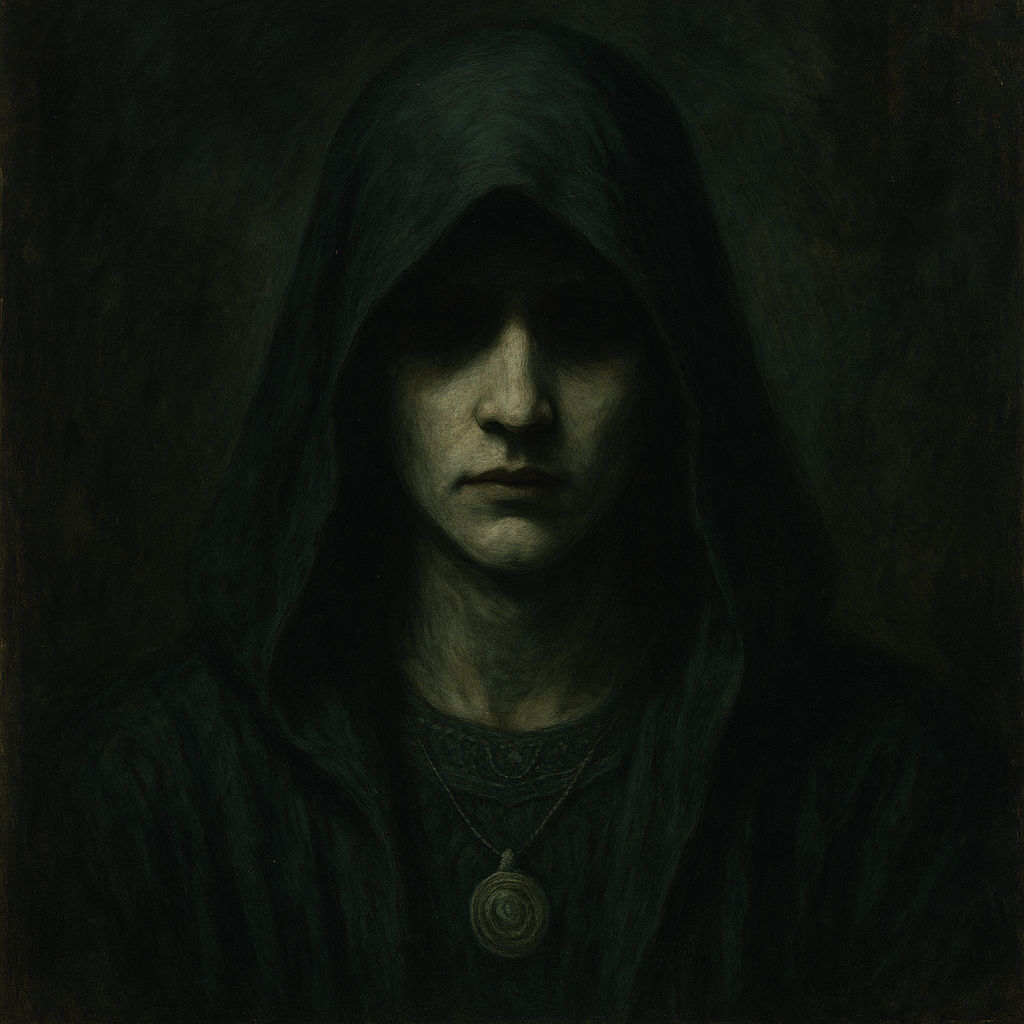
I woke to screaming roots pulsing under the floorboards. The door I had barricaded stood open. Something was inside. It didn’t move. It watched. I had eaten the mushroom last night. I wasn’t sure what I saw now was real — or if it mattered. In Darkwood, truth is a matter of faith, and faith is hard to hold when the forest speaks your name.
Thematic and Literary Influences
Darkwood’s horror is rooted not in gore, but in folklore, existential dread, and dreams best forgotten.
-
Slavic and Pagan Folklore
Creatures like the Wolfman and the Three seek echo Eastern European myth — distorted, decayed, and grounded in ritual.
-
Kafkaesque Bureaucracy and Transformation
Like Kafka’s protagonists, you change — sometimes willingly, sometimes not. Identity is fluid. Horror is not.
-
Dream Logic
Darkwood’s world operates on dreamlike logic: doors move, time loops, and meaning slips through your grasp.
-
Moral Ambiguity
There are no heroes here. Just survivors, liars, and the lost. The ending is shaped by who you become, not what you kill.
Final Verdict
Darkwood is a rare gem in survival horror — eschewing cheap thrills for sustained unease, moral ambiguity, and deeply immersive tension. It is not for everyone, but for those drawn to cerebral horror and storytelling through experience, it is unforgettable.
Strengths
- Atmospheric tension and immersive world-building
- Innovative sanity mechanics with impactful consequences
- Compelling narrative ambiguity that fosters player reflection
Weaknesses
- Steep learning curve with minimal guidance
- Sparse dialogue and unclear objectives may frustrate some
Editorial Review
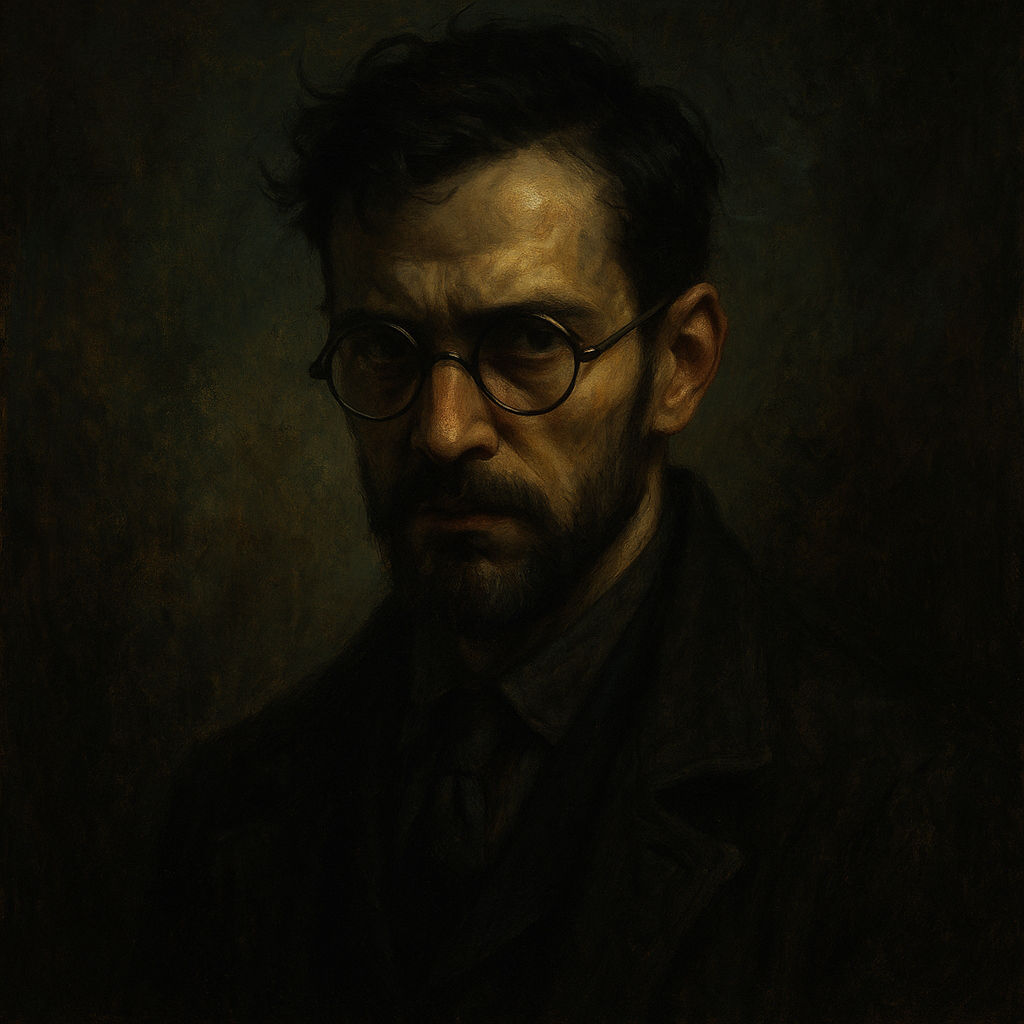
Darkwood is horror without spectacle — it builds dread with silence, decisions, and time. Its systems breathe like the forest itself: slow, deliberate, inevitable.
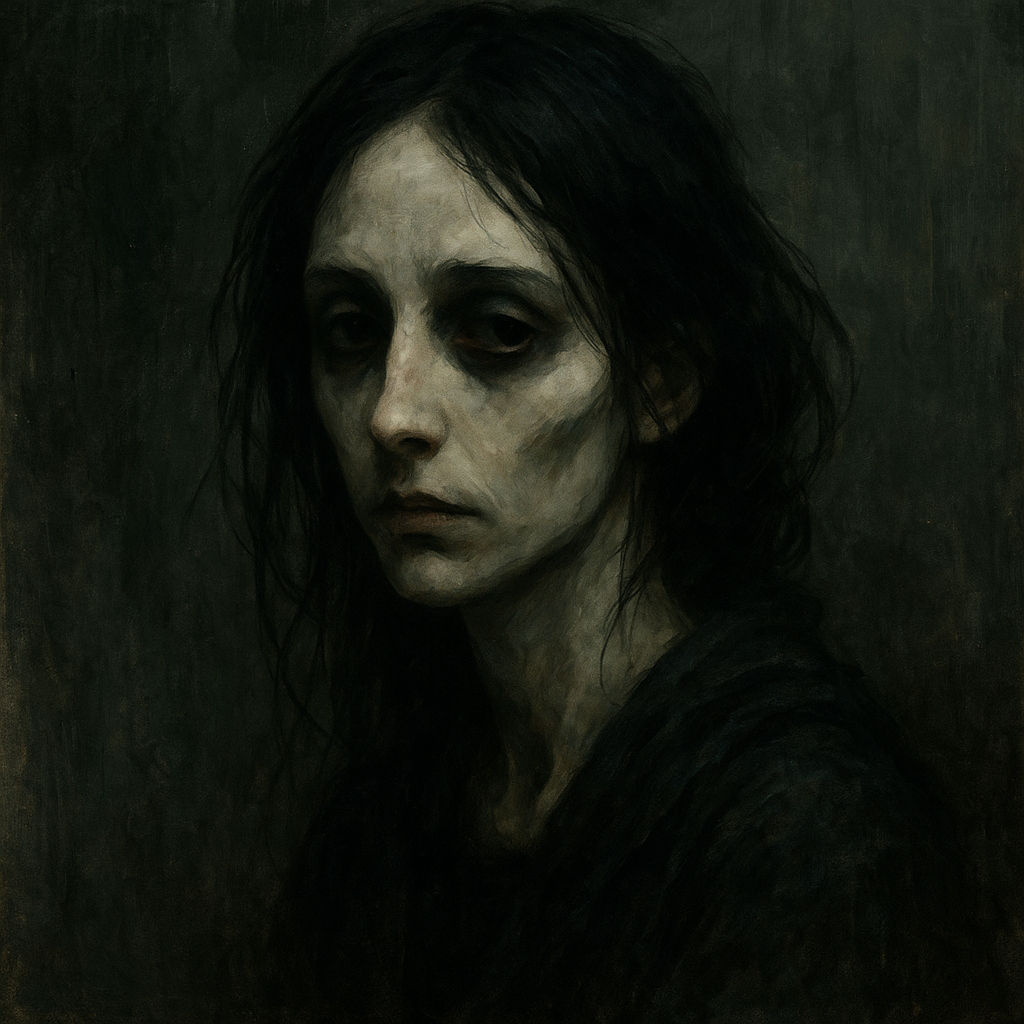
Few games make your choices feel this heavy. In Darkwood, saving someone can doom you later — and you won’t even see it coming.
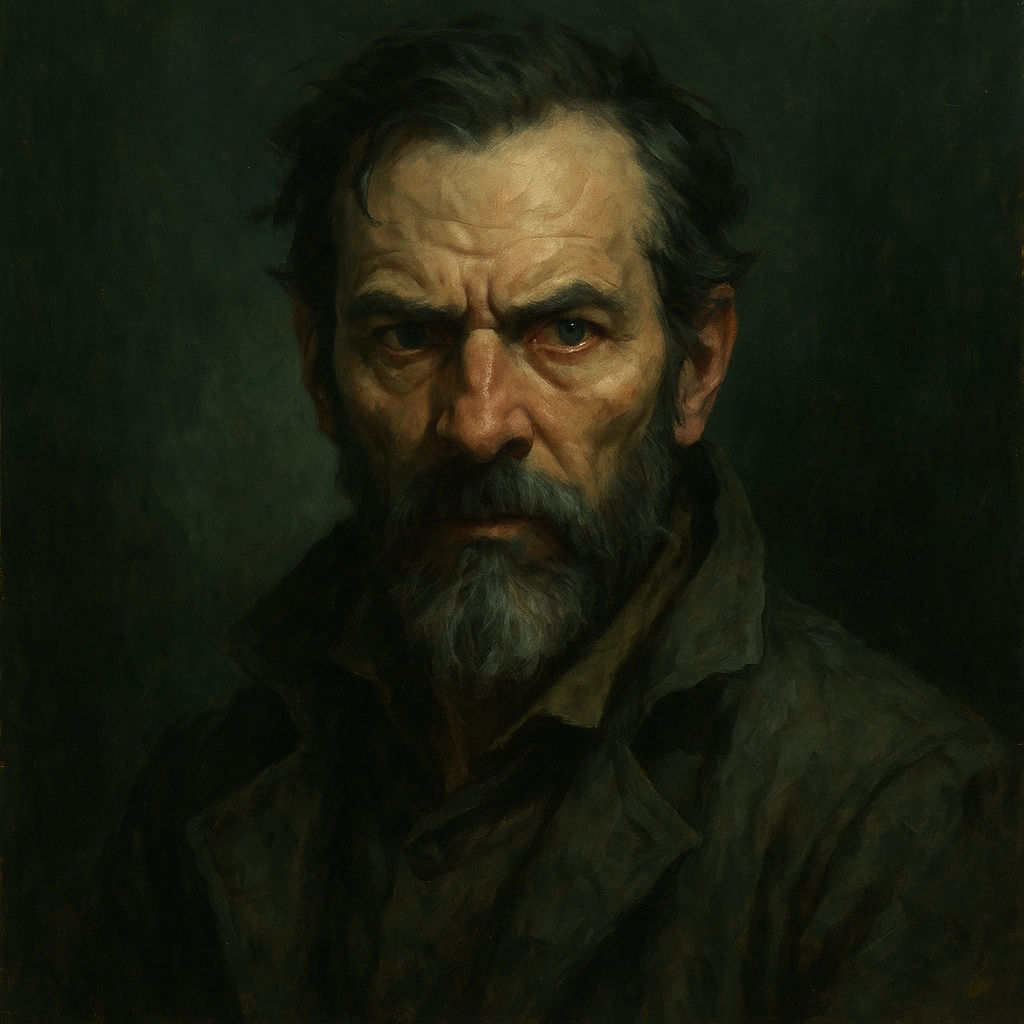
Unforgiving but fair, this is survival horror as it was meant to be: unlit, unexplained, and unforgettable.

It’s a nightmare you walk through with your eyes open — and long after the game ends, it still watches from the treeline.
You might also like
About the author

Neith
I’m Neith. I walk the edges of madness and meaning. Stories that disturb, games that whisper — those are my domain.
